Advantages of an acoustic simulator pedal
An electric guitar when plugged in sounds different from a jumbo acoustic guitar, which in turn sounds different from a standard acoustic one. This means that if you wanted to produce three or more types of sounds, you would have to purchase different guitars for the job. As you can imagine, that is quite a costly affair.
On the other hand, you could opt to buy an electric guitar then couple it with an acoustic simulator pedal. An advantage of this is that it should cost you way less in terms of expenditure. Also, you never have to worry about lugging around heavy pieces of equipment when you have one of these gadgets around.
Features to consider when choosing an acoustic simulator pedal
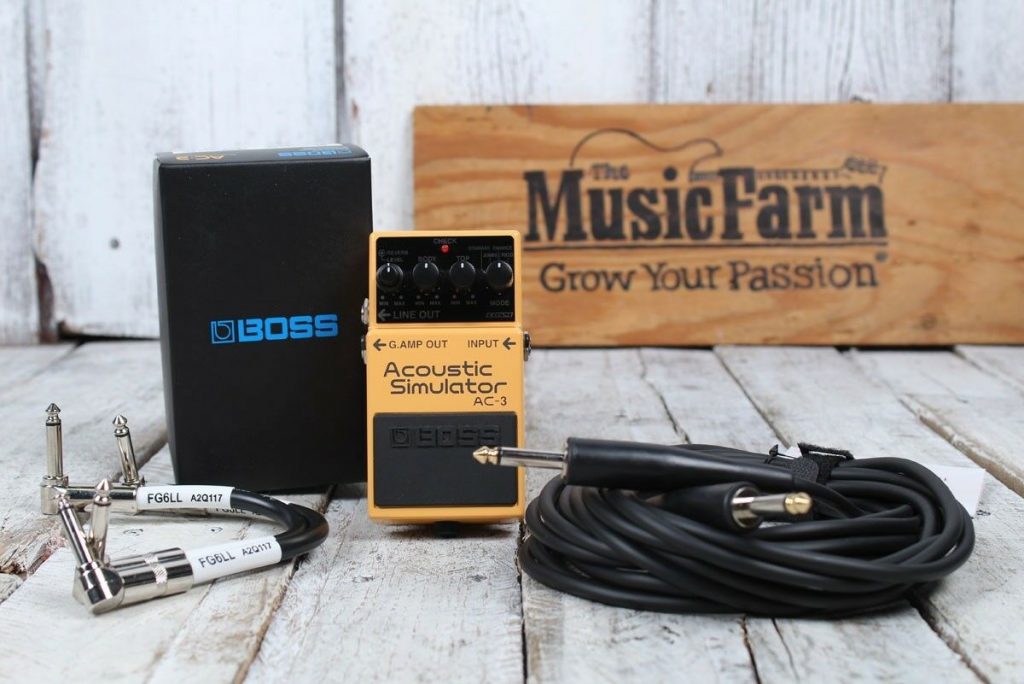 Of course, you will want quality in whatever you end up buying so that it lasts long and does an excellent job of whatever it is supposed to do. Popular models have all the top features required to not only produce the right sound but also be easy to use. If you are in the market for one of these tools, the following are the features that make compelling arguments in favor of buying one device or another.
Of course, you will want quality in whatever you end up buying so that it lasts long and does an excellent job of whatever it is supposed to do. Popular models have all the top features required to not only produce the right sound but also be easy to use. If you are in the market for one of these tools, the following are the features that make compelling arguments in favor of buying one device or another.
Modes
The various modes available are for the different acoustic guitar types. Standard mode is a first given the popularity of the standard acoustic guitar. Of course, the sound will be identical to that of the standard acoustic guitar when you turn on this mode. The Jumbo mode will emit sounds similar to that of a jumbo acoustic guitar. These are generally larger than their standard counterparts and end up taking a lot more energy to play. The sound emitted is also different from that of the standard variation.
The Enhanced mode will enhance the sound produced by the guitar and give a clear cut sound that will be easy to hear even when other instruments are playing. Nonetheless, this is not a standard feature and hence is left out in a lot of the cheap acoustic simulator pedals on offer. You can only find it in one or two outstanding options. The Dobro is a unique acoustic guitar that has a metal resonator. This is in contrast to the soundhole of standard acoustic options. If you want to activate such a sound experience, you will have to use the Piezo mode provided in your acoustic amp simulator pedal.
Controls
You will also appreciate having total control over the sound output, and this is where the controls of the device come in.
Essential elements include the top end, where you will be able to tweak the treble and mid-tones. Next up would be the body. This knob or button gives you leeway to customize the bass output of the instrument.
Reverb controls are also not standard in a lot of these devices, but there are some notable exceptions. These controls will give the impression that there is an echo for each tune you play. As such, this can end up giving more ambiance to your performance. Additionally, a volume button or knob is more or less a necessity and can help you control output levels per your situation.
The variety of tones
The EQ range of these devices is also something that you should check for. You want a crisp, clear sound while playing, and if your acoustic guitar simulator pedal is not capable of handling the range, the sound will come off distorted. As such, you want a device with as wide a range as possible. Also, the reverb mentioned earlier may add a pleasant effect to the music you are producing.
Size and weight
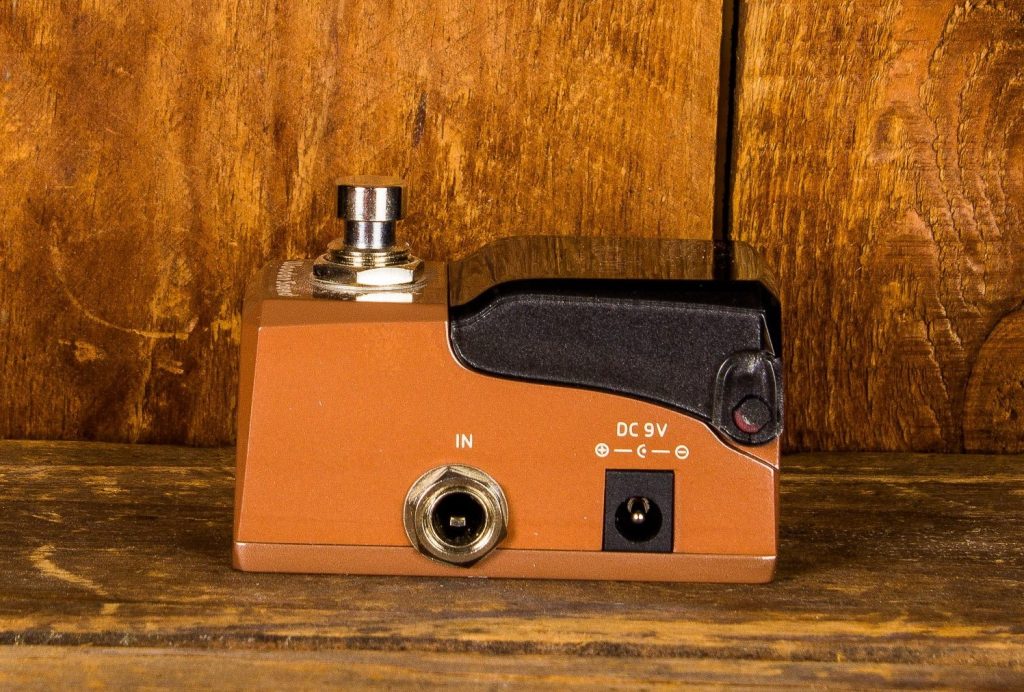 Most of these gadgets are lightweight and compact. Some of them can even fit in your trouser pockets without much hassle. You have to remember that you are trying to eliminate the extra weight of guitars by buying one of these tools. As such, it wouldn’t make sense to buy another piece of heavy and bulky equipment. Also, it would be nice if the gadget could fit snugly in your guitar case or bag, as that would mean you never have to forget it while going to band practice or performing on stage.
Most of these gadgets are lightweight and compact. Some of them can even fit in your trouser pockets without much hassle. You have to remember that you are trying to eliminate the extra weight of guitars by buying one of these tools. As such, it wouldn’t make sense to buy another piece of heavy and bulky equipment. Also, it would be nice if the gadget could fit snugly in your guitar case or bag, as that would mean you never have to forget it while going to band practice or performing on stage.
Durability
Another critical component of a quality tool is a long life. To achieve this, the component materials need to be top-notch. This is where metal and zinc alloy construction comes in. Where necessary, you can choose a product with a cover such as the Joyo JF-323 that guarantees the longevity of some of the less durable components. These are the buttons and knobs that could quickly get damaged.
Warranty
When looking for any product, you have to see if the warranty terms are good enough to convince you to buy the item. Warranties are an indirect indication of quality as they assure you of replacement or repair catered for by the manufacturer during the warranty period. As such, they prevent you from incurring losses in the purchase of a particular product.






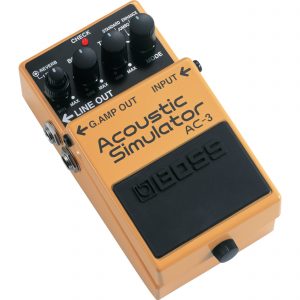
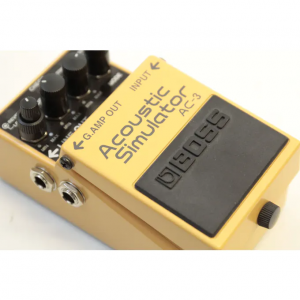

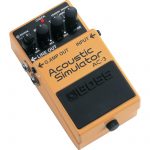
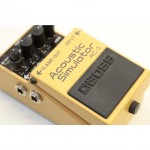
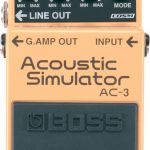
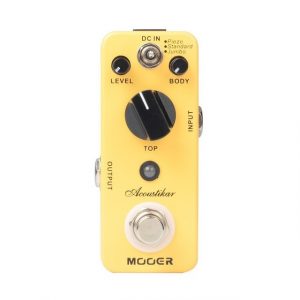
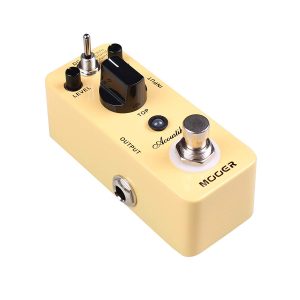
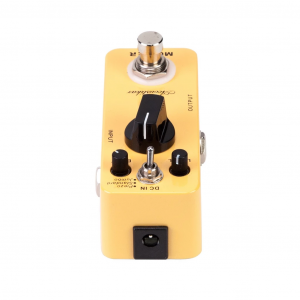
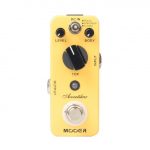
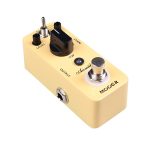
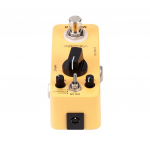
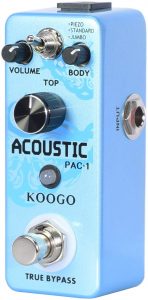
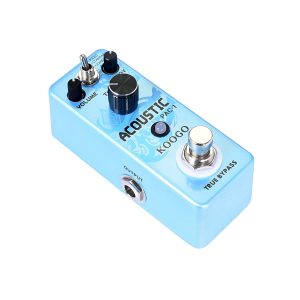
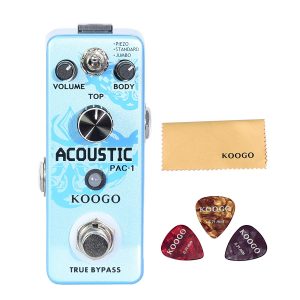
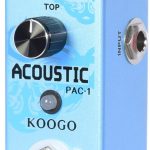
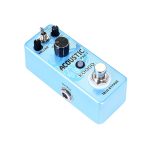
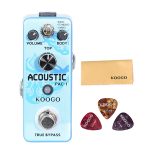
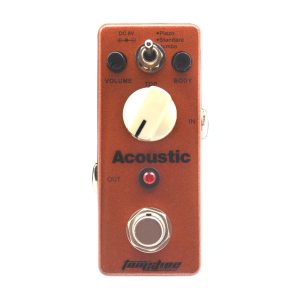
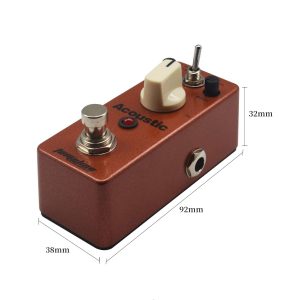

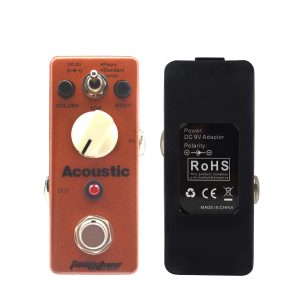
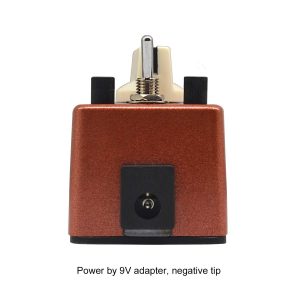
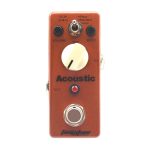
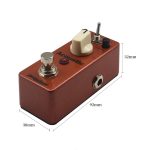
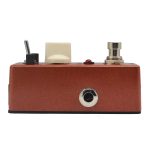
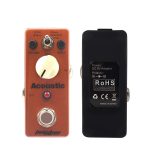
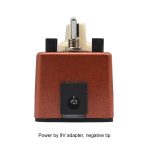
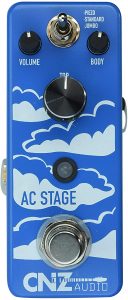
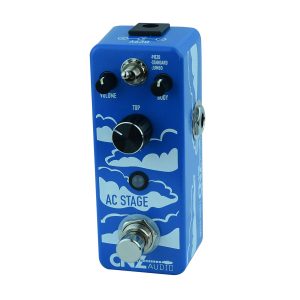
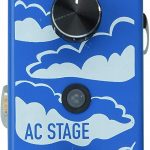

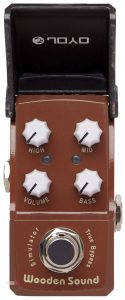
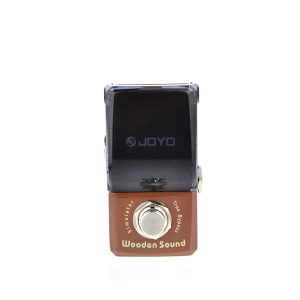
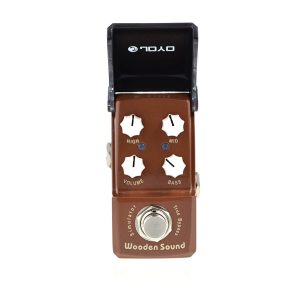

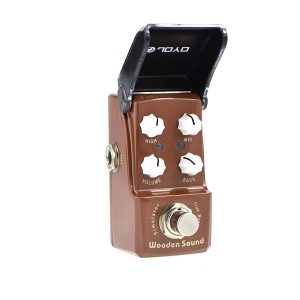
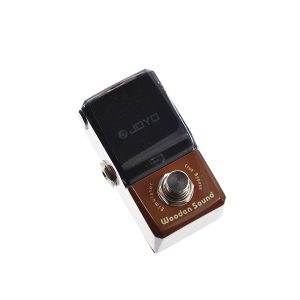

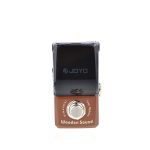
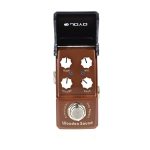
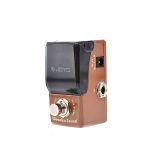

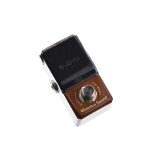
 Of course, you will want quality in whatever you end up buying so that it lasts long and does an excellent job of whatever it is supposed to do. Popular models have all the top features required to not only produce the right sound but also be easy to use. If you are in the market for one of these tools, the following are the features that make compelling arguments in favor of buying one device or another.
Of course, you will want quality in whatever you end up buying so that it lasts long and does an excellent job of whatever it is supposed to do. Popular models have all the top features required to not only produce the right sound but also be easy to use. If you are in the market for one of these tools, the following are the features that make compelling arguments in favor of buying one device or another. Most of these gadgets are lightweight and compact. Some of them can even fit in your trouser pockets without much hassle. You have to remember that you are trying to eliminate the extra weight of guitars by buying one of these tools. As such, it wouldn’t make sense to buy another piece of heavy and bulky equipment. Also, it would be nice if the gadget could fit snugly in your guitar case or bag, as that would mean you never have to forget it while going to band practice or performing on stage.
Most of these gadgets are lightweight and compact. Some of them can even fit in your trouser pockets without much hassle. You have to remember that you are trying to eliminate the extra weight of guitars by buying one of these tools. As such, it wouldn’t make sense to buy another piece of heavy and bulky equipment. Also, it would be nice if the gadget could fit snugly in your guitar case or bag, as that would mean you never have to forget it while going to band practice or performing on stage.







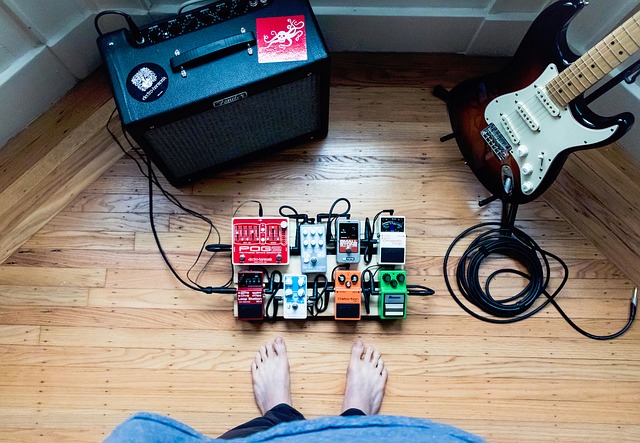


I don’t understand why someone would want to simulate an acoustic guitar when they could just play a real one. Seems like a waste of money to me. Plus, carrying around another pedal just adds to the clutter and setup time. I’ll stick with my trusty acoustic guitar.
While it’s true that playing a real acoustic guitar offers a unique and authentic experience, there are a few reasons why someone might want to simulate an acoustic guitar using a pedal.
Firstly, not everyone has access to a real acoustic guitar at all times. Simulating an acoustic guitar allows musicians to experiment with different sounds and styles without needing to own multiple guitars. It can be a cost-effective solution for those who want to explore acoustic sounds without investing in a separate instrument.
Additionally, simulating an acoustic guitar can be beneficial in live performances or studio recordings. It allows guitarists to achieve a consistent and controlled acoustic tone, regardless of the environment or venue. This can be particularly useful when playing in venues with poor acoustics or when recording in a non-acoustic-friendly studio.
As for the concern about clutter and setup time, modern acoustic guitar simulation pedals are designed to be compact and user-friendly. Many of them offer easy-to-use controls and presets, making the setup process quick and hassle-free. They can be a convenient option for musicians who frequently switch between different guitar sounds during performances or recordings.
Ultimately, the decision to use a simulated acoustic guitar or stick with a real one depends on personal preference and specific musical needs. Both options have their merits, and it’s great that we have the flexibility to choose what works best for us.